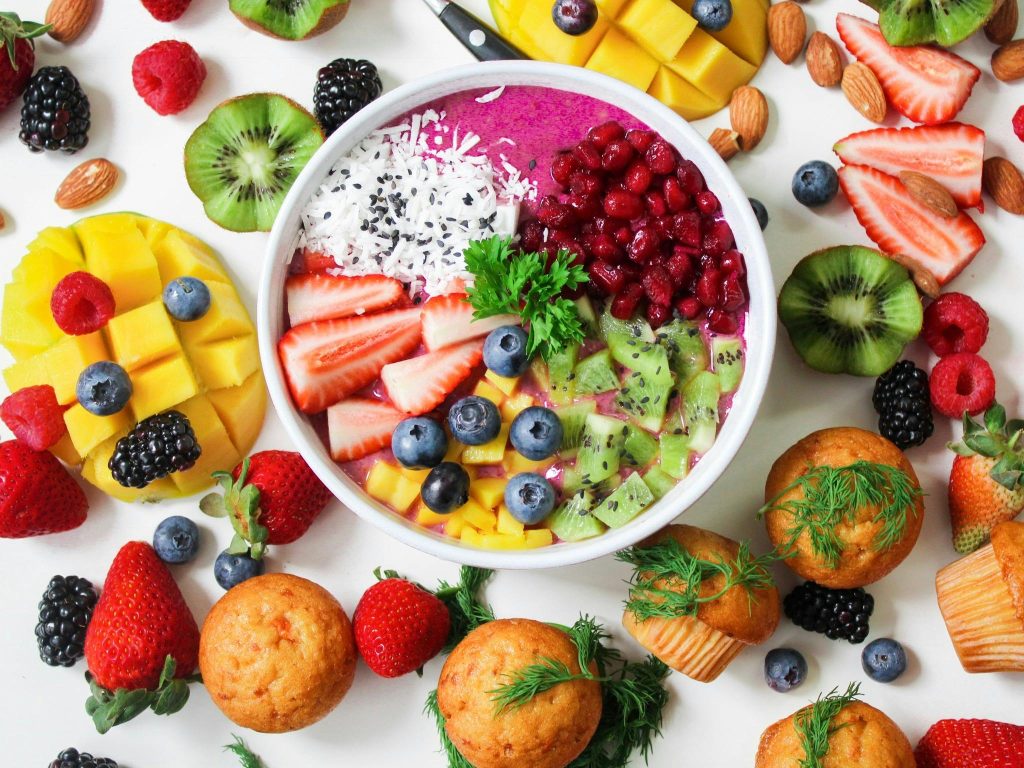Imagine this: every single year, over 500,000 people in the U.S. die because of what they eat. That’s more than half a million lives lost to something that seems so simple — diet.
We often hear “you are what you eat.” But what happens when what we eat is slowly harming us?
From heart disease to diabetes, and even some types of cancer, poor diet is now one of the leading causes of death in America — right up there with smoking and physical inactivity.
Let’s explore:
- What makes a diet “poor” or dangerous
- The top health conditions caused by unhealthy eating
- How processed foods affect your body
- And most importantly — how you can make easy changes that add years to your life
Let’s dig in.
500,000 Deaths — What’s Really Happening?
The numbers are staggering. According to research published in major health journals, over 500,000 deaths in the U.S. each year are linked directly to diet-related illnesses. That’s:
- Heart attacks
- Strokes
- Type 2 diabetes
- Obesity-related complications
- Certain cancers
And these aren’t just statistics. These are moms, dads, grandparents, friends — people who might still be here if their diet had looked a little different.
What Does a “Poor Diet” Look Like?
It’s not about eating one donut or having pizza on a Friday night. The real problem is what we eat most of the time.
A poor diet typically includes:
- Too much added sugar (in soda, candy, sauces, even bread)
- Too many refined carbs (white bread, pastries, processed snacks)
- High amounts of unhealthy fats (like trans fats and excessive saturated fat)
- Very little fiber (fruits, veggies, whole grains)
- Not enough nutrients (vitamins, minerals, antioxidants)
We’re not just eating too much — we’re eating the wrong kinds of food, far too often.
The Big Three: Diseases Fueled by Poor Diet
Let’s break down the top health issues caused by unhealthy eating.
1. Heart Disease
Heart disease is the #1 killer in the U.S. Diets high in sodium, sugar, and unhealthy fats increase blood pressure, cholesterol, and inflammation — the perfect storm for heart trouble.
2. Type 2 Diabetes
Too much sugar and refined carbs = blood sugar spikes. Over time, this damages insulin response and leads to diabetes, which comes with a risk of kidney failure, vision loss, and more.
3. Obesity
When your diet is full of empty calories and lacks nutrients, your body stores the excess as fat. Obesity isn’t just about appearance — it raises your risk for nearly every chronic disease.
The Role of Processed Foods
Let’s be honest — processed foods are everywhere. They’re convenient, tasty, and cheap. But they come with a cost.
What’s wrong with processed foods?
- Packed with hidden sugars and salt
- Stripped of fiber and nutrients
- Full of additives, preservatives, and artificial ingredients
- Engineered to be addictive (hello, “can’t eat just one”)
Processed foods confuse your body. They make you crave more, store more fat, and feel less satisfied.
Sugar: The Sweet Enemy
Americans eat an average of 17 teaspoons of added sugar per day — much more than the recommended 6–9 teaspoons. Excess sugar contributes to:
- Fatty liver disease
- Increased belly fat
- Inflammation
- Insulin resistance
- Cognitive decline
And it’s not just in desserts. Sugar hides in salad dressings, yogurt, ketchup, bread, and even “healthy” snacks.
Why Is This Happening?
There are a few major reasons:
- Busy lifestyles: Fast food is quicker than home cooking
- Aggressive marketing: Junk food is marketed as “fun,” “cool,” and even “healthy”
- Confusing labels: “Low-fat” or “gluten-free” doesn’t always mean good for you
- Food deserts: In some neighborhoods, fresh food is hard to access or unaffordable
The system isn’t always built to support healthy eating — but that doesn’t mean we’re powerless.
How to Eat for Life — Not Disease
You don’t need to go vegan overnight or cut out all treats. But a few small shifts can make a huge difference.
Here are 7 steps to start eating for your health:
1. Eat Real Food
Fill your plate with food that comes from nature, not factories — fruits, veggies, whole grains, nuts, seeds, and lean proteins.
2. Cut Back on Sugar
Start by ditching sugary drinks (even juice), candy, and sweetened breakfast cereals. Try honey or fruit if you need a sweet fix.
3. Read Food Labels
If a label has more than 10 ingredients, or you can’t pronounce most of them, put it back.
4. Cook at Home
Even simple home-cooked meals are healthier than most takeout. You control the ingredients, the salt, and the oil.
5. Snack Smart
Swap chips for nuts, granola bars for fruit, or cookies for dark chocolate.
6. Drink More Water
Many times when we feel hungry, we’re just dehydrated. Water helps flush toxins, boost digestion, and reduce cravings.
7. Eat Mindfully
Slow down. Enjoy your food. Pay attention to how you feel before, during, and after eating.
Quick Swaps That Make a Big Difference
| Unhealthy | Healthier Option |
|---|---|
| Soda | Sparkling water with lemon |
| White bread | Whole grain bread |
| Chips | Air-popped popcorn or nuts |
| Ice cream | Greek yogurt with berries |
| Candy bar | Banana with peanut butter |
Real Talk: It’s Not About Perfection
Let’s be clear — this isn’t about being perfect or never eating cake again. It’s about balance, awareness, and taking back control over what fuels your body.
You don’t need a diet. You need a lifestyle that supports the you you want to be — energized, strong, and well, right?
Here is my final thought: Food Is Medicine
Poor diet contributes to over 500,000 deaths a year. That’s not just a number — it’s a call to action.
Every meal is a chance to:
- Boost your energy
- Strengthen your heart
- Balance your blood sugar
- Protect your brain
- And yes — add more years to your life
The food on your plate might just be the most powerful medicine you have. Or the slowest poison.
The choice is yours.
Let’s act now:
Start small today. Choose one thing from this list and give it a try. Then share this post with someone you love — because better health starts with better choices.


